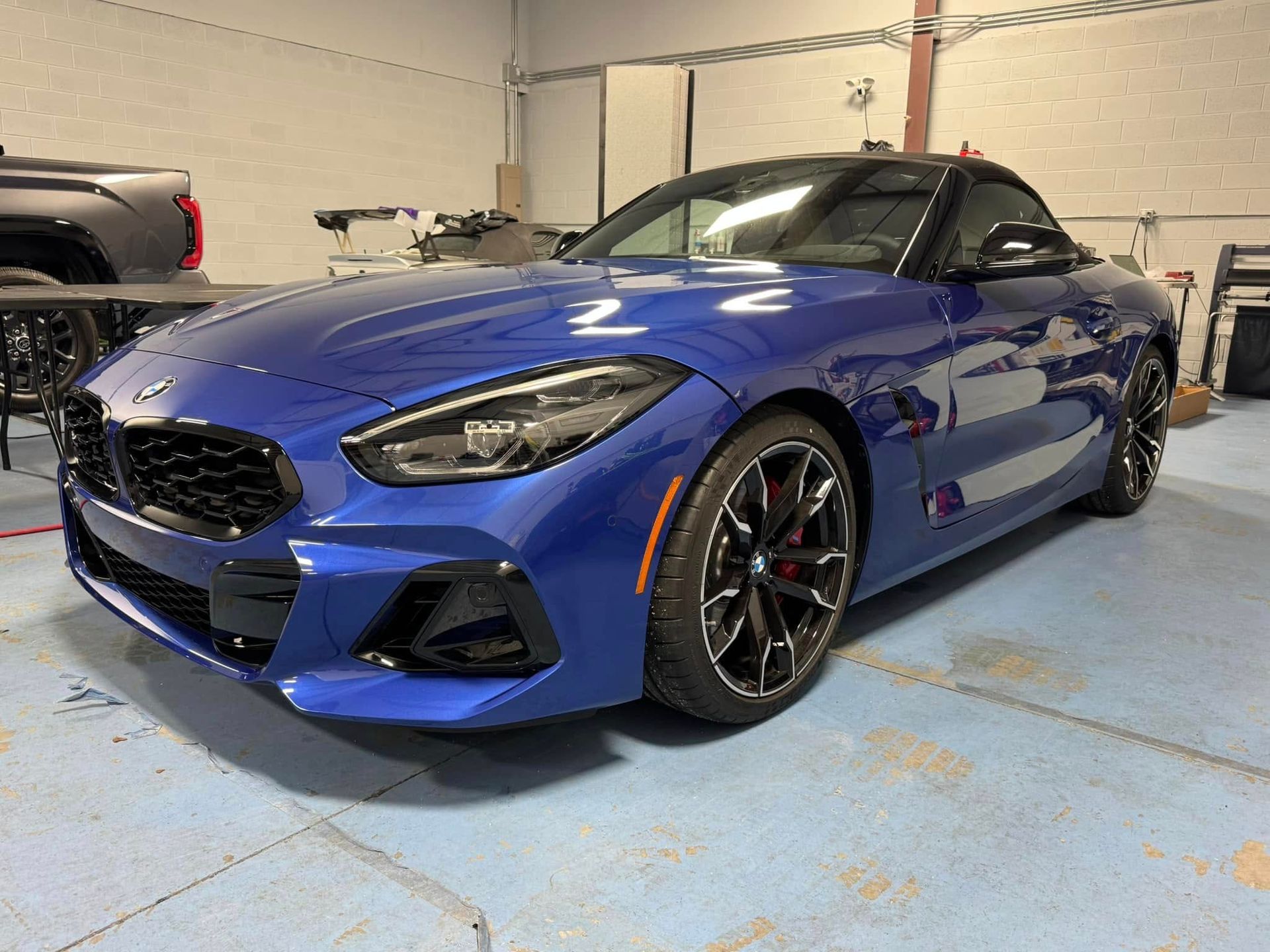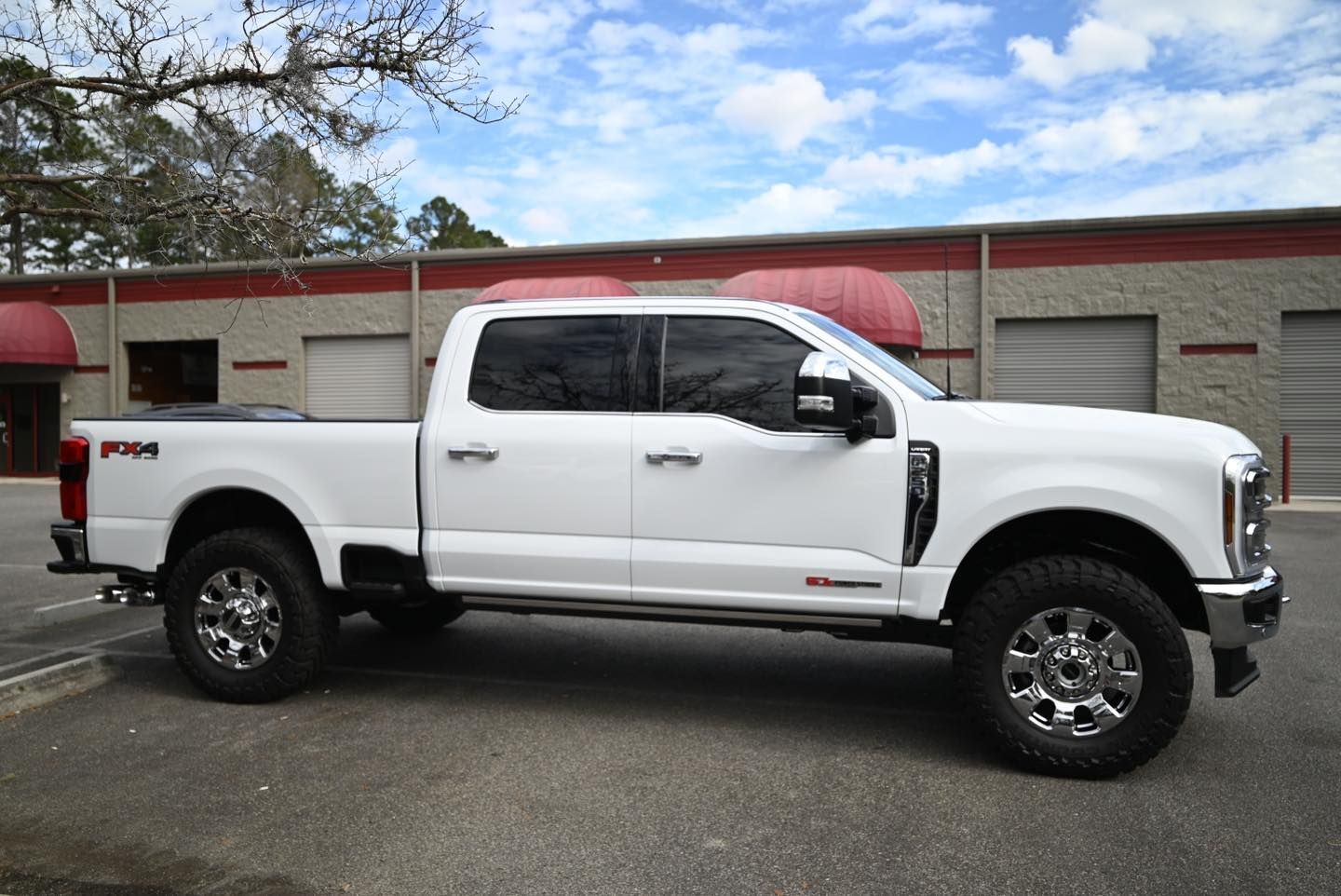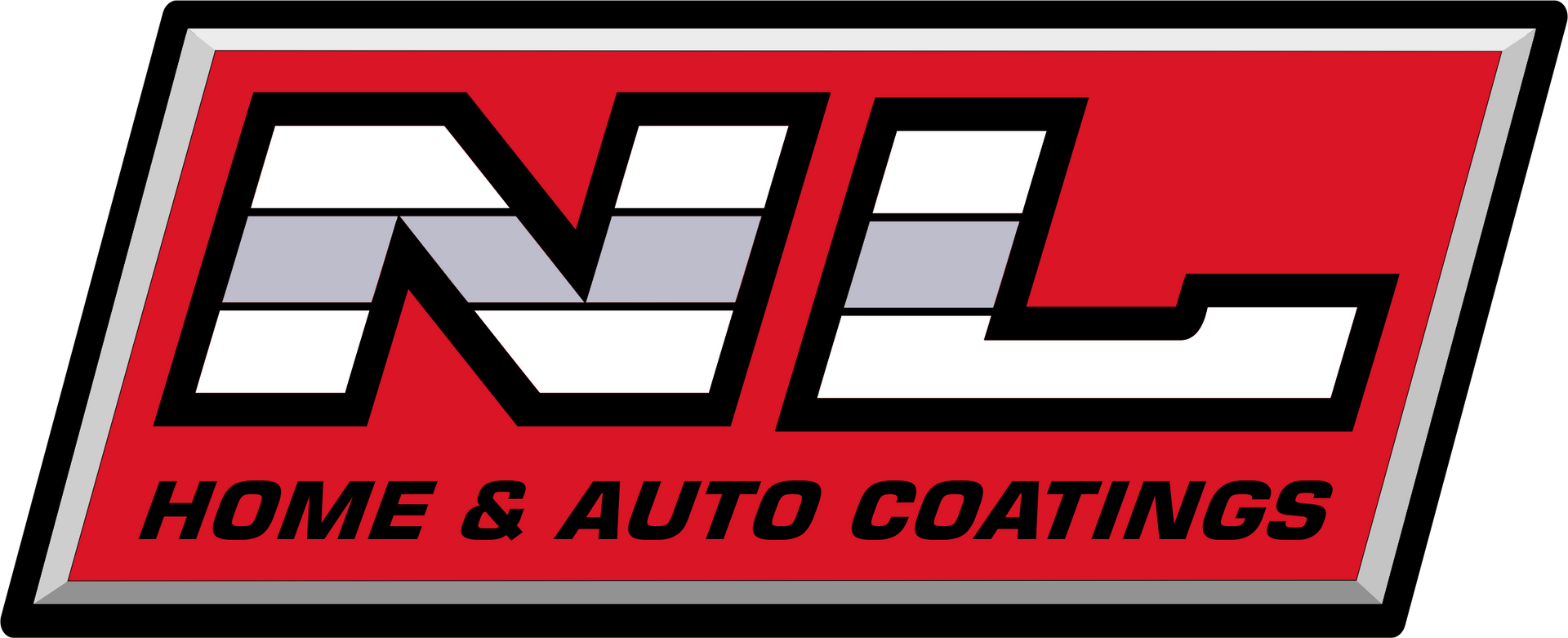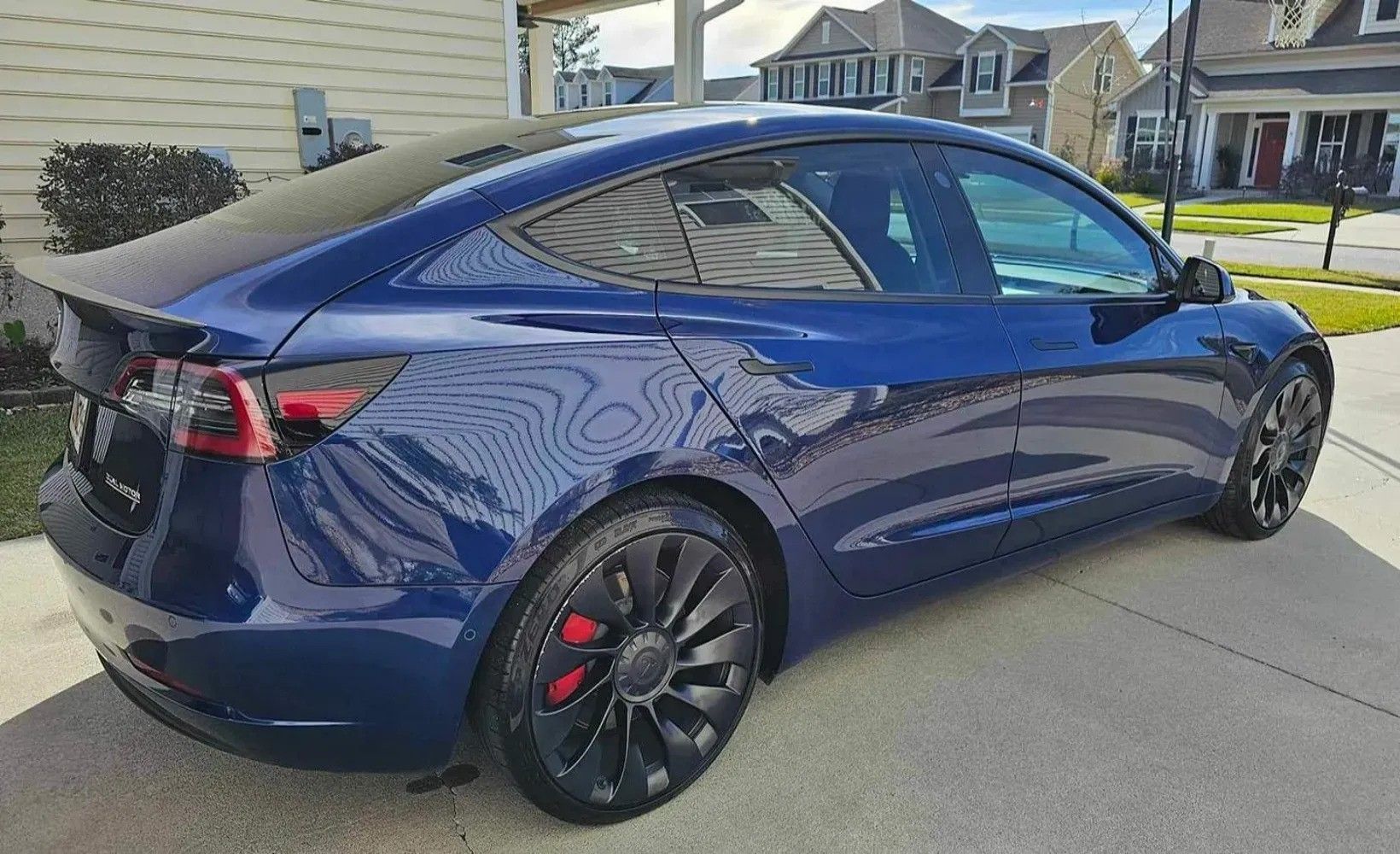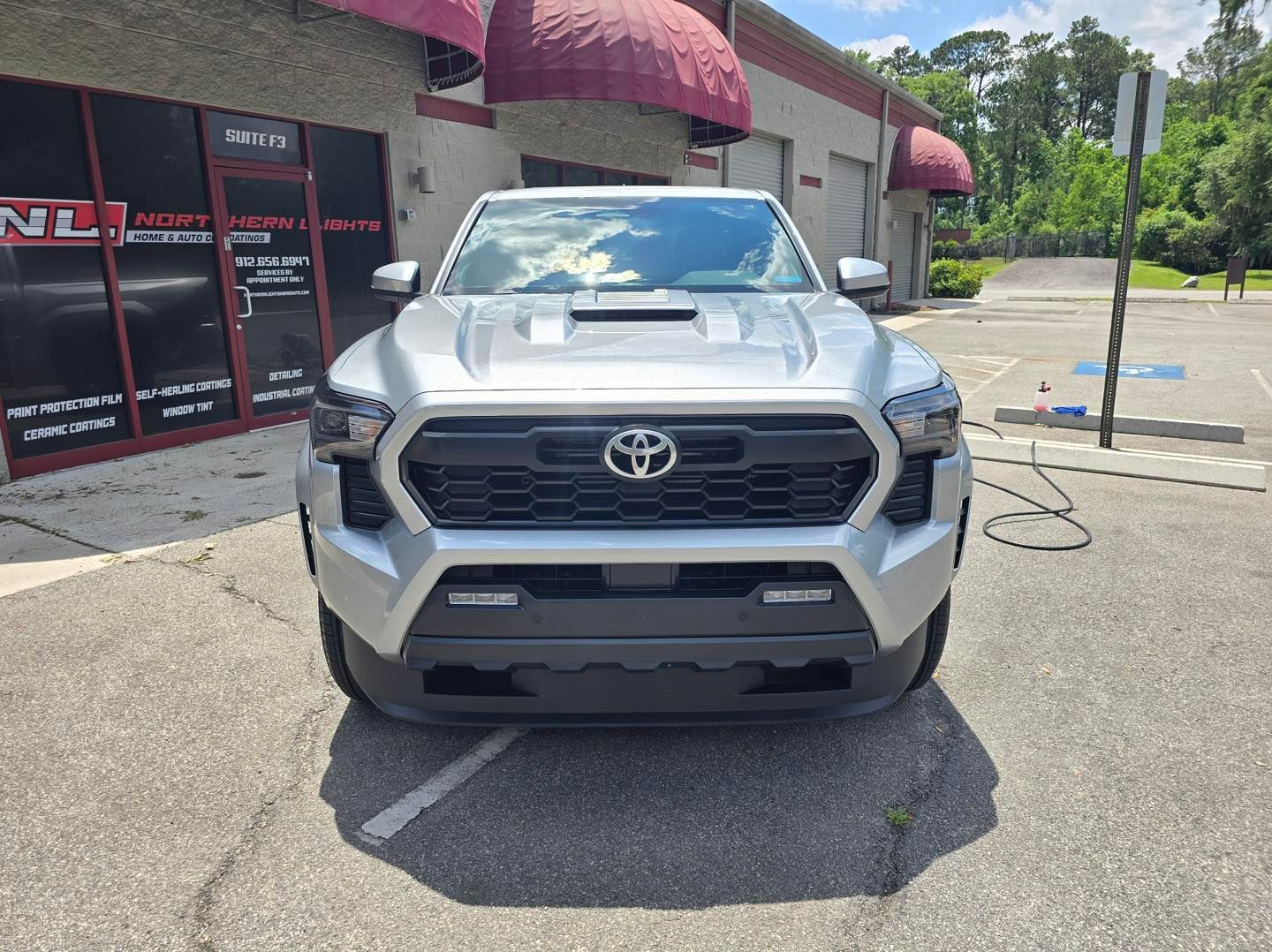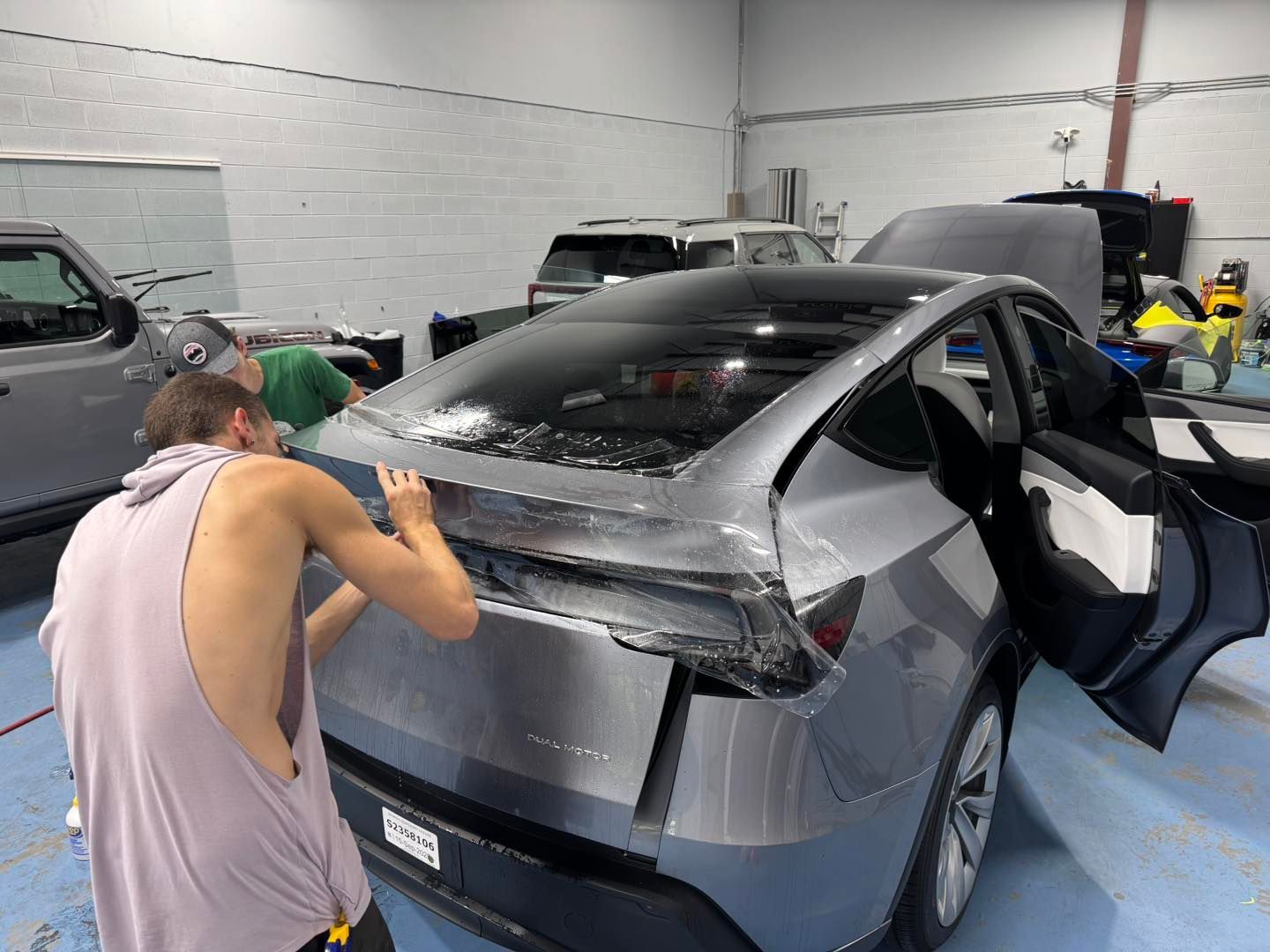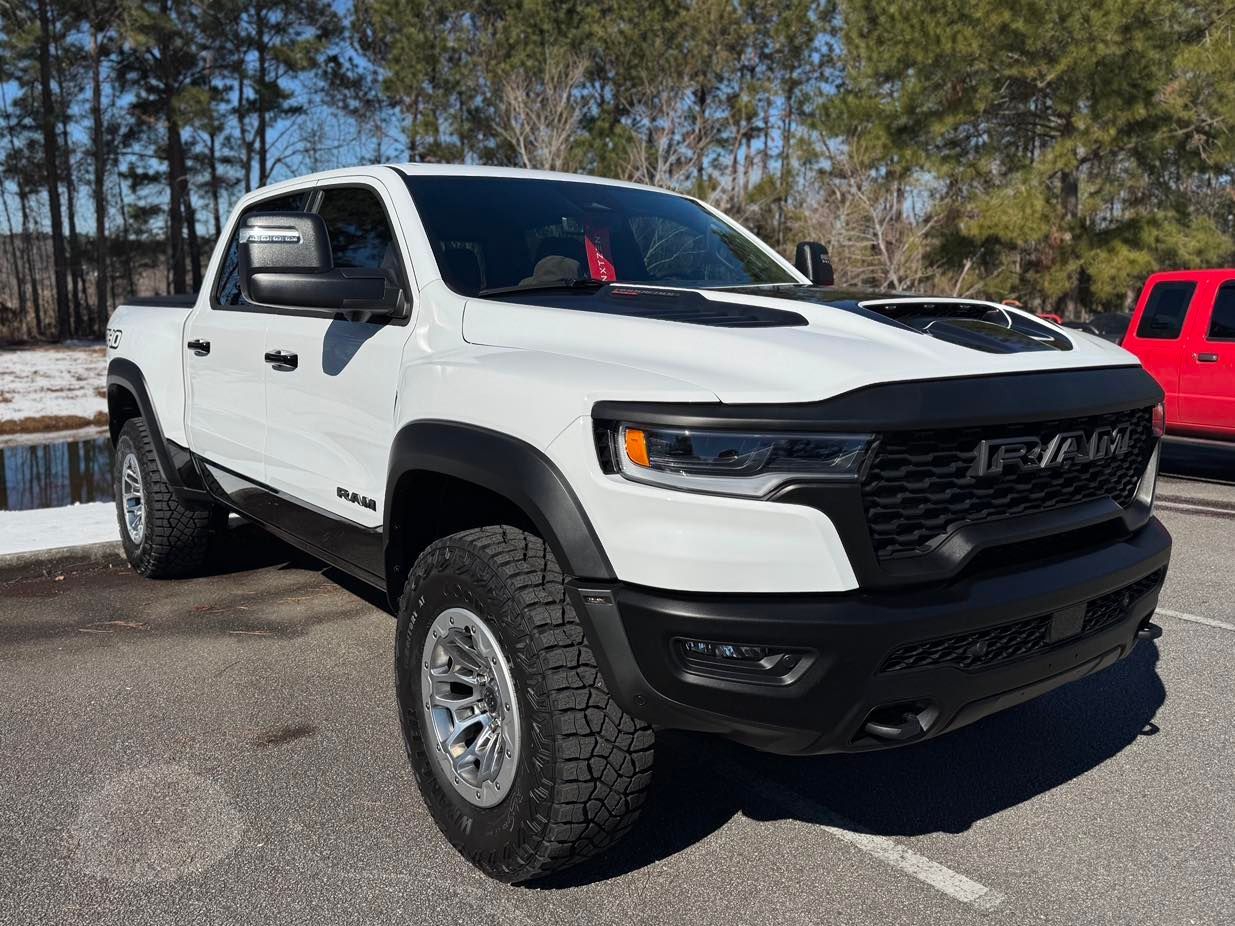A Professional Ceramic Coating Application Guide: Techniques and Benefits
Ever wondered why some cars look flawless and showroom-ready year after year while others quickly lose their luster? It’s not magic; it’s professional ceramic coating. A professional ceramic coating application involves thorough surface preparation, including washing, claying, and polishing the vehicle's paint to ensure a smooth foundation. Skilled technicians then carefully apply the ceramic coating using special tools and methods, ensuring even coverage and good bonding for long-lasting protection against UV rays and environmental contaminants.
Choosing a professional application ensures not only longevity but also precise execution of every step, from inspection to final polish. A professionally applied
ceramic coating shields your vehicle's paint from UV rays, bird droppings, acid rain, and road salts with unparalleled efficiency, unlike DIY kits that may seem economical but often fall short in protection and durability. Let's explore how these professional touches make all the difference in maintaining your car's pristine appearance and value over time.
Step-By-Step Guide to Professional Ceramic Coating Application
The professional ceramic coating application involves several critical steps: first, thoroughly wash and dry the car, followed by using a clay bar to remove contaminants for an ultra-smooth surface. Next, polish the paintwork to eliminate imperfections, apply the ceramic coating in small sections while ensuring even coverage, and finally allow it to cure properly while keeping the vehicle moisture-free for 24-48 hours. Conduct this process under appropriate environmental conditions for the best results.
Preparing for Ceramic Coating
The first step in preparing for ceramic coating involves ensuring that the vehicle's surface is not only clean but pristine. This entails washing the car thoroughly with high-quality automotive soap and tools, as well as removing any dirt, grime, or water spots. Skipping this step can leave impurities trapped under the coating, leading to a less-than-perfect finish.
After washing, a clay bar treatment can further remove embedded contaminants that regular washing might miss. This is critical because contaminants left on the surface can lead to uneven bonding and an unsatisfactory appearance once the coating has cured. Here is a step-by-step procedure for professional ceramic coating application:
Step I: Secure a Clean, Controlled Environment
A clean and controlled environment is paramount when applying ceramic coatings. Ideally, you want to work in a facility like a garage or detailing bay that has low humidity and stable temperatures. This minimizes the risk of dust settling on your freshly coated surface and ensures that external factors—like rain or wind—won't interfere during the application process.
Step II: Masking Off Sensitive Areas
Masking off sensitive areas of your vehicle is a pivotal step that should never be overlooked. Using painter's tape, carefully cover plastic trims, rubber seals, or any other components that should remain uncoated. This tactic prevents unwanted residue from settling onto these surfaces and ensures crisp lines around your coated areas.
Mistakes made here can be frustrating and often lead to extra cleanup work after the coating has been applied. Remember to take your time while masking; rushing through this process could compromise the final aesthetic.
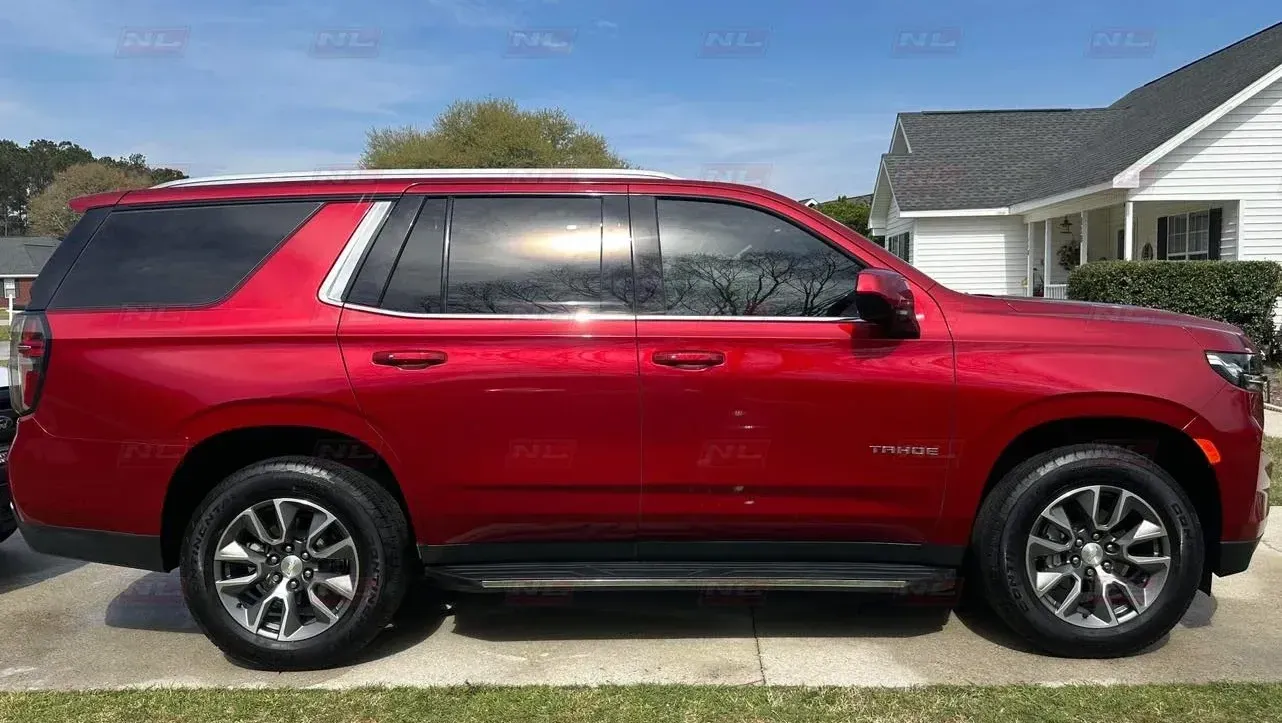
Required Tools and Products
The journey to a perfect ceramic coat begins with your equipment. Using high-quality tools and materials not only makes the process easier but also ensures that you achieve professional results that will last. First on your list should be high-quality car shampoo. This isn't just any soap; it’s specifically formulated to remove dirt and grime effectively without damaging the vehicle's surface.
Next, we have the clay bar and lubricant, which are indispensable in this process. A clay bar safely removes embedded contaminants that washing alone can’t tackle. Utilizing a lubricant when using the clay bar prevents scratching and helps it glide seamlessly across the surface.
Once your car is pristine, it's time to bring in the dual-action polisher. This tool is critical for paint correction because it buffs away scratches and enhances gloss. Similarly, a polished surface maximizes the finish of your ceramic coat while making it adhere better and last longer.
As you proceed, don’t overlook isopropyl alcohol (IPA) for that final touch before application. A thorough wipe-down with IPA removes any lingering oils or residues from polishing, preparing the canvas further for coating.
Central to this entire endeavor is the ceramic coating kit itself. This kit contains a protective layer that offers durability against UV rays and chemical stains.
Don’t forget about microfiber towels during this process. Their lint-free quality makes them ideal for drying and buffing surfaces to prevent streaks or residue post-application. As you polish, these towels become your best friend in achieving that smooth, gleaming finish.
Lastly, wearing nitrile gloves prevents direct contact with chemicals during application, ensuring both your skin’s safety and the integrity of your work environment.
Cleaning and Polishing the Surface
Cleaning and polishing the surface are foundational aspects that directly influence the performance and durability of your ceramic coating.
Step I: Thorough Washing
The first step to achieving that flawless finish begins with a thorough wash. Using a high-quality car shampoo, embrace the two-bucket method for maximum efficacy. This involves one bucket filled with soapy water for washing and another filled with clean water for rinsing your sponge or wash mitt. This strategy significantly reduces the risk of reapplying dirt and contaminants onto the vehicle, which could mar any work done later.
Step II: Clay Bar Treatment
Once your vehicle is clean and rinsed thoroughly, it's time for the clay bar treatment. Although this might seem like an additional task, it plays a pivotal role in preparing the paint surface for polishing. Grab your clay bar alongside a lubricant spray designed specifically for this purpose.
As you glide the clay bar across the surface, apply light pressure. You’ll notice it picking up embedded dirt particles that remained even after washing. You not only remove contaminants by working methodically over all painted surfaces, but you also leave behind an ultra-smooth texture that sets the stage for optimal bonding during ceramic coating application.
Step III: Paint Correction
After ensuring the surface is perfectly clean and smooth, it’s time for paint correction using a dual-action polisher. This stage aims to eliminate minor scratches and swirl marks that dull the appearance of your vehicle's paintwork. Choosing the right polishing compounds is crucial; choose them according to your specific needs, as certain products target lighter imperfections while others target deeper scratches.
Use adequate lighting to inspect your work continuously; this allows you to catch any lingering defects before applying the ceramic coating. As you polish, remember: patience is essential. Don't rush through this important process; instead, take your time to achieve optimal results.
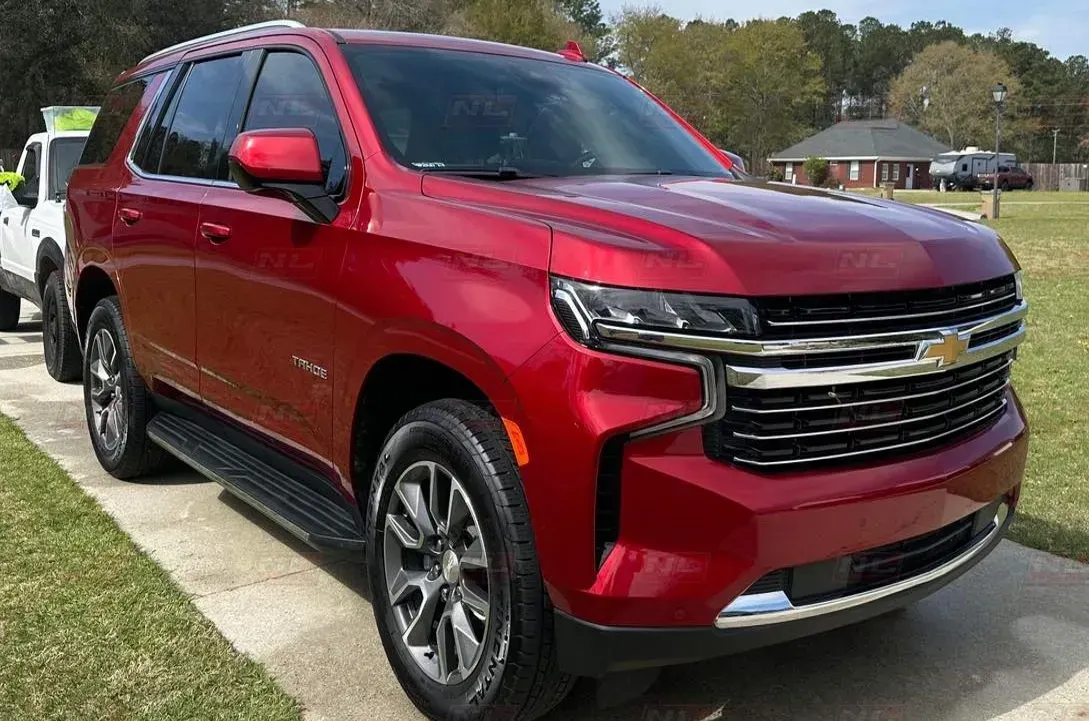
Applying the Ceramic Coating
Applying ceramic coating is an exacting process that demands precision and patience.
Step I: Application Preparation
Once you're gloved up, pour a modest amount of ceramic coating onto an applicator pad—about a quarter-sized blob should suffice. This small quantity helps you maintain control during application instead of overwhelming the surface.
Step II: Section-by-Section Application
When you’re ready to start, focus on a small area, typically around 2x2 feet. This manageable size allows you to apply the coating evenly without racing against time. Use a crosshatch pattern while applying: first move horizontally, then vertically across the section. This technique ensures comprehensive coverage; each stroke helps push the product into every tiny crevice.
Remember, timing is critical. After you’ve applied it, watch for that ‘flash’—typically occurring in 2–5 minutes—which indicates it's ready for buffing.
Step III: Buffing Excess
After letting it sit briefly, grab a clean microfiber towel. Gently buff off any excess coating before it hardens; if left too long, it could leave unappealing streaks behind. Using smooth, consistent motions will yield that coveted glossy finish—so take your time!
Step IV: Repeating The Process
Repeat this process methodically throughout your entire vehicle. Each section deserves the same careful attention as the first, ensuring even coverage and optimal protection across all surfaces.
By methodically repeating this application method—from preparation and coverage through buffing—you'll achieve uniform results that enhance both appearance and durability.
Finally, allowing sufficient time for drying and curing will maximize performance and longevity in protecting your vehicle’s surface.
Drying and Curing Techniques
Proper drying and curing are fundamental for ensuring that your ceramic coating adheres effectively to the vehicle's surface, ultimately prolonging its lifespan. After applying the ceramic coating, it’s necessary to allow the vehicle to sit in a controlled environment for the initial drying period.
This typically lasts between 24 and 48 hours, during which the vehicle should be kept away from water or exposure to extreme weather conditions. Think of this phase as the time when the coating begins to bond with the paint—any interruption could potentially compromise that bond.
The importance of maintaining stable conditions cannot be overstated. Ideally, you want to perform the application in an area where temperature and humidity can be regulated. High humidity or excessive heat can affect how well the coating cures, leading to suboptimal performance. If you have access to a garage, that’s often the best option—not only does it shield the vehicle from potential water exposure, but it also protects against debris and other contaminants that could land on the freshly coated surface.
This process can take up to two weeks to cure. During this time, it’s essential to refrain from washing the vehicle or exposing it to any harsh chemicals. As tempting as it may be to show off your newly coated car, being gentle during this time is paramount. Not only does it allow for proper hardening, but it also solidifies the bond between the coating and paint, enhancing its durability against scratches and environmental factors.
Following these best practices ensures that your investment in ceramic coating yields long-lasting benefits for your vehicle. The transition from wet to hardened coating is about nurturing the relationship between your car's paint and the protective layer above it.
Maintaining the Coating
Proper maintenance of your ceramic coating is essential for sustaining its performance and appearance. Regular washing is one of the most important things to keep in mind. Using a pH-neutral car shampoo, you should wash your car frequently to eliminate dirt, grime, and other contaminants before they settle into the coating.
It's not just about how often or what you use; be vigilant about avoiding abrasive products. Harsh chemicals and gritty cleaners can scratch the coating and erase the benefits you're trying to preserve. Instead, opt for gentle cleaning tools, like microfiber cloths, which clean effectively without damaging the delicate surface of your coating. This approach will maintain both the look and protective capabilities built into that shiny layer.
By following these maintenance steps diligently, you can safeguard your investment and ensure that your vehicle looks vibrant for years to come. Each step melds together to create a holistic approach towards care that maximizes both aesthetic appeal and functional longevity.
By following these ceramic coating application processes diligently, a professional ceramic coating installer can safeguard your investment and ensure that your vehicle looks vibrant for years to come. If you're considering a professional ceramic coating application, Northern Lights Home & Auto Coatings offers comprehensive packages that include preparation, application, and maintenance services. Visit Northern Lights Home & Auto Coatings to learn more and experience the benefits firsthand.
